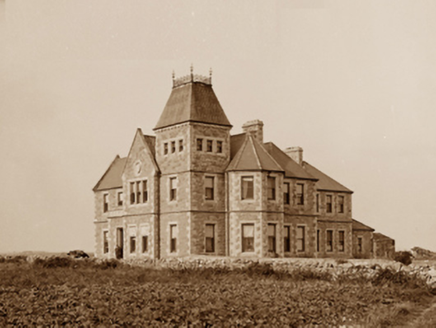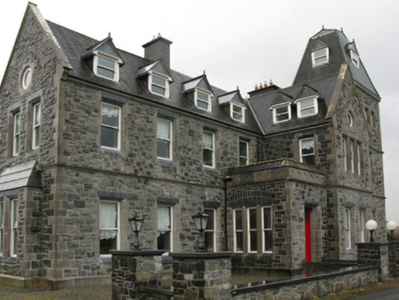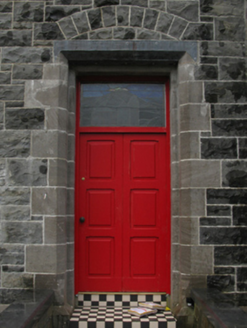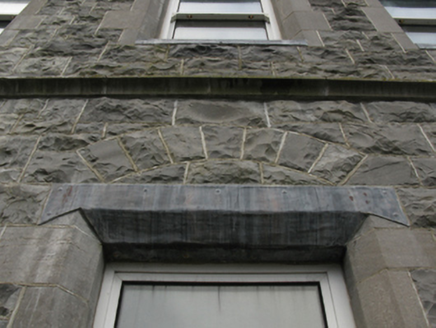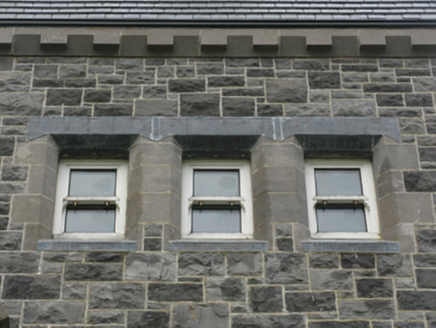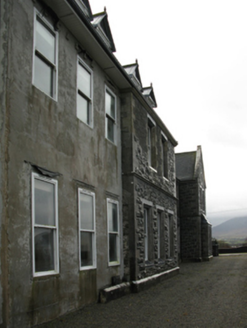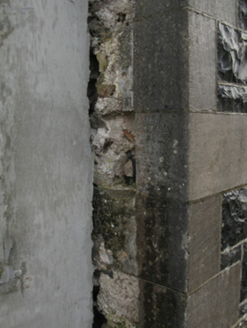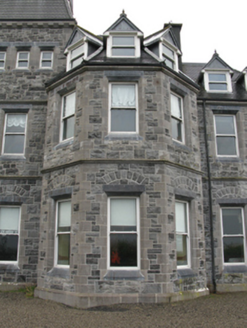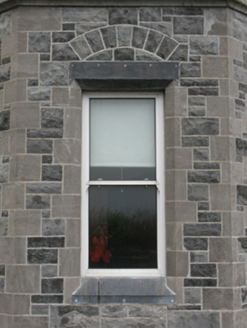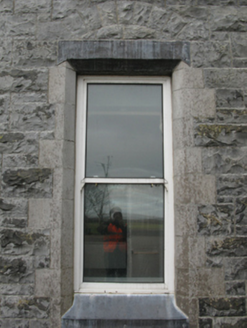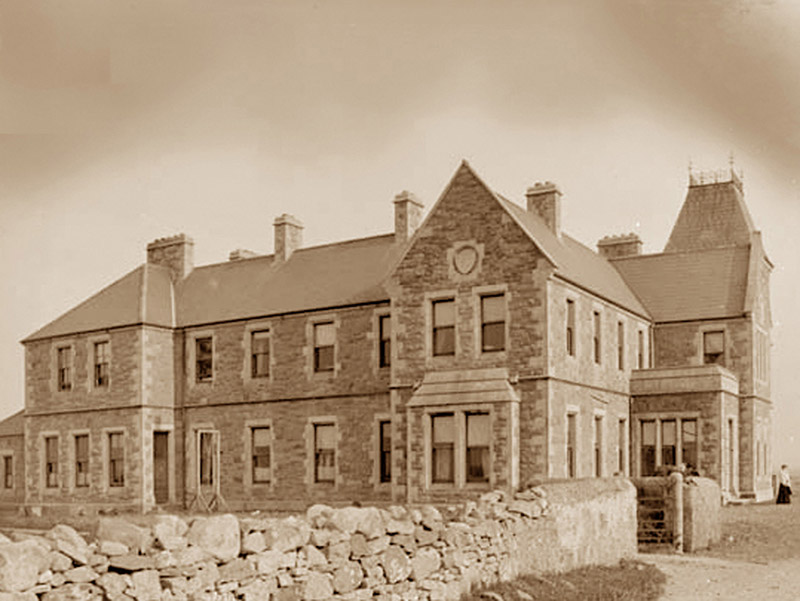Survey Data
Reg No
31303811
Rating
Regional
Categories of Special Interest
Architectural, Artistic, Historical, Social
Original Use
Country house
Historical Use
Hotel
Date
1870 - 1880
Coordinates
115732, 312326
Date Recorded
17/02/2011
Date Updated
--/--/--
Description
Detached six-bay two-storey country house with dormer attic, built 1872-7, on an L-shaped plan off-centred on single-bay single-storey flat-roofed projecting porch with single-bay two-storey gabled projecting end bay abutting single-bay three-stage tower (south) on a square plan; six-bay (north) or three-bay (south) two-storey side elevations. Vacated, 1881. Adapted to alternative use, 1893. Occupied, 1901. Sold, 1905. Vacant, 1911. In alternative use, 1912-6. Adapted to alternative use, 1917. Burnt, 1949. Vacant, 1976. Part "restored", 1978. "Restored", 1998-2000, to accommodate proposed alternative use. Now disused. Set in relandscaped grounds.
Appraisal
A country house erected for Granville Henry Knox (1840-94) to a design by James Franklin Fuller (1835-1924) of Great Brunswick Street [Pearse Street], Dublin (DIA), representing an important component of the later nineteenth-century domestic built heritage of County Mayo with the architectural value of the composition, one evoking strong comparisons with the Fuller-designed Mount Falcon (1871-80), Drumrevagh (see 31303909), confirmed by such attributes as the deliberate alignment maximising on panoramic vistas overlooking Lough Conn with Mount Nephin as a dramatic backdrop; the multi-faceted plan form; the robust rock faced surface finish offset by sheer limestone dressings not only demonstrating good quality workmanship, but also compounding a ponderous two-tone palette; the slight diminishing in scale of the openings on each floor producing a feint graduated visual effect with the principal "apartments" defined by polygonal bay windows; and the monolithic tower, originally topped in the "Châteauesque" style, embellishing the roofline as a prominent eye-catcher in the landscape. Although reduced to ruins by a calamitous fire (1949), and more recently (1998-2000) the subject of an abortive "restoration", the elementary form and massing survive intact together with quantities of the original or replicated fabric, both to the exterior and to the interior, thus upholding much of the character or integrity of a country house nicknamed "Knox's Folly" owing to its precipitating the bankruptcy (1881) of its proprietor.
